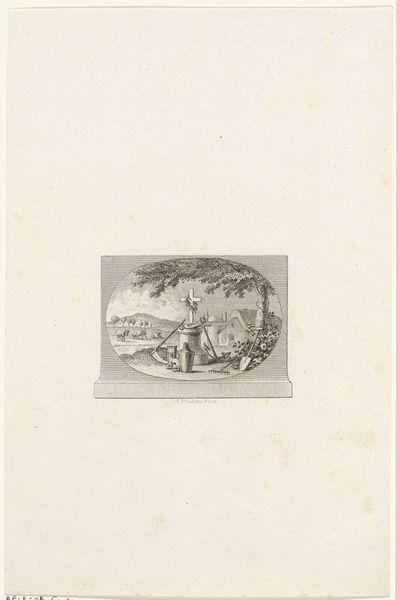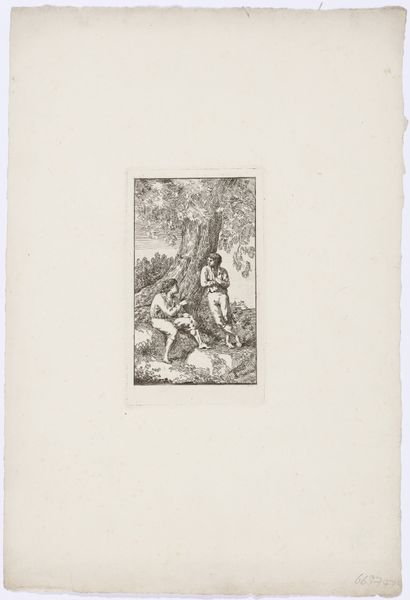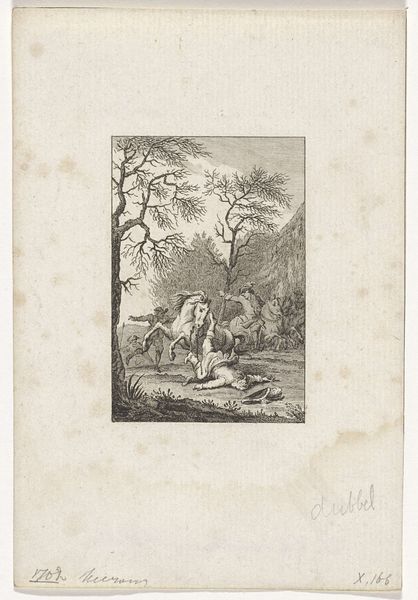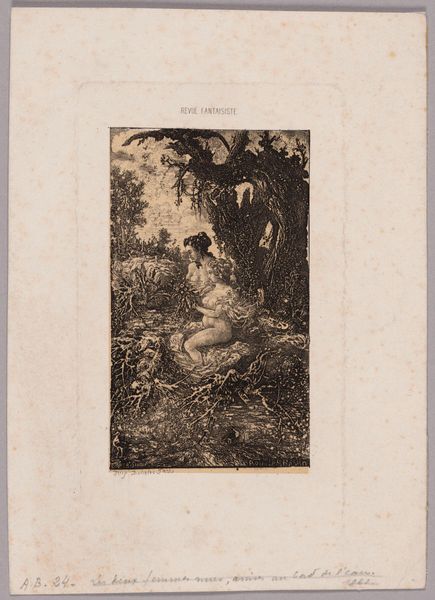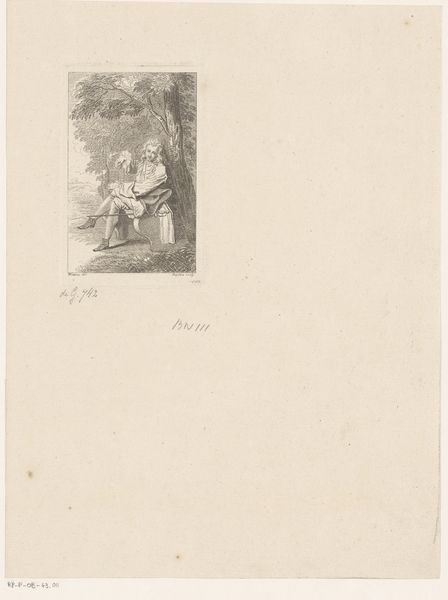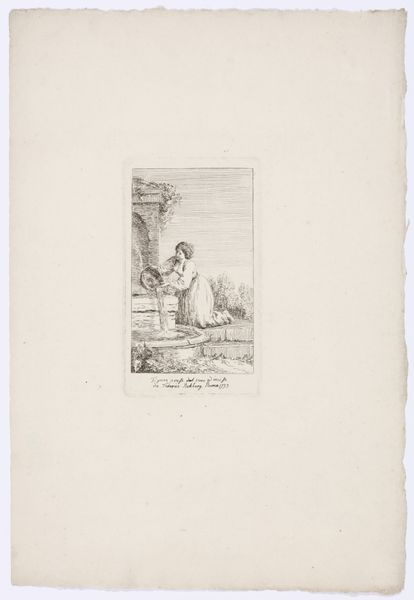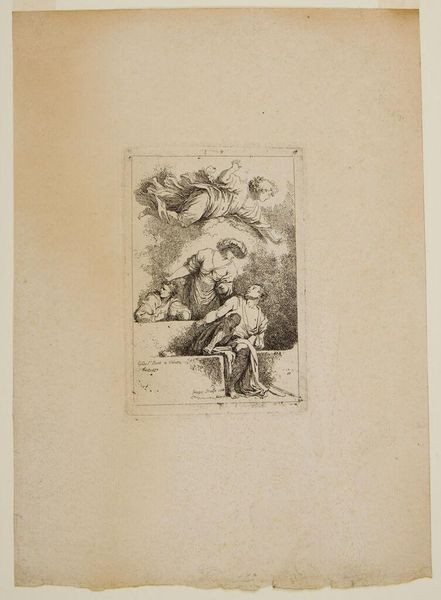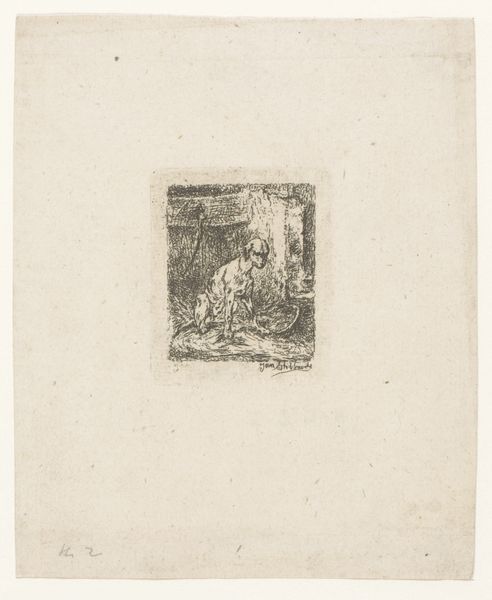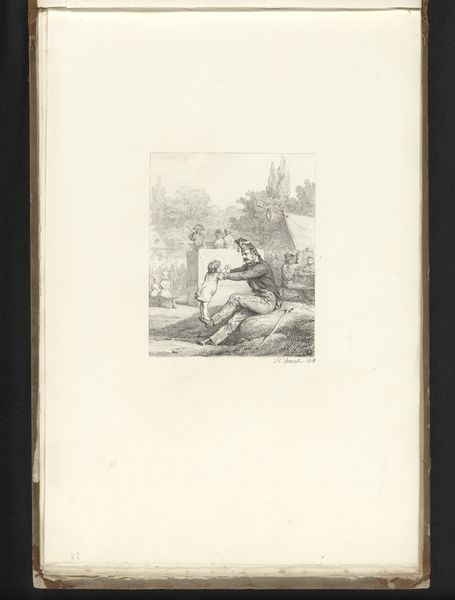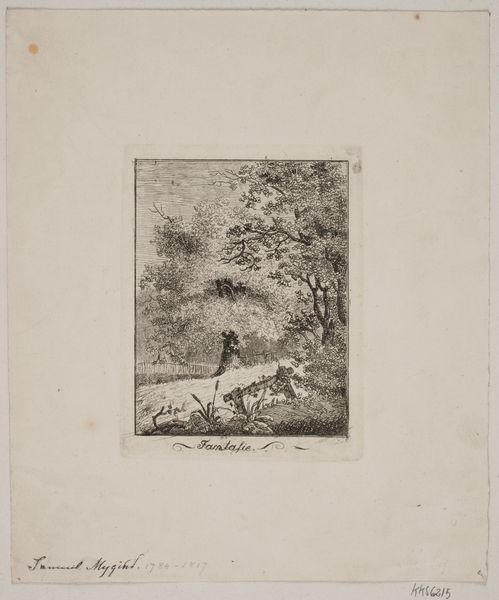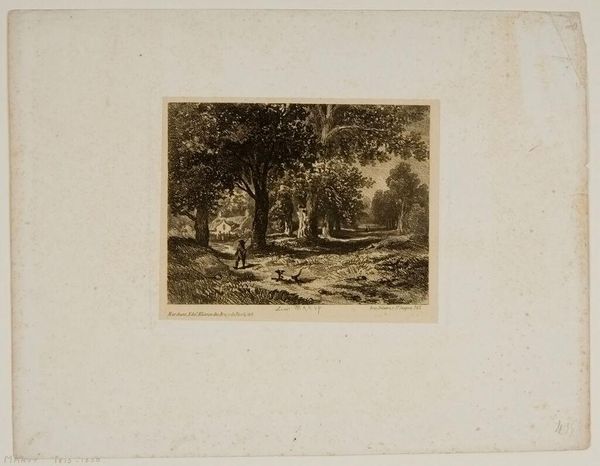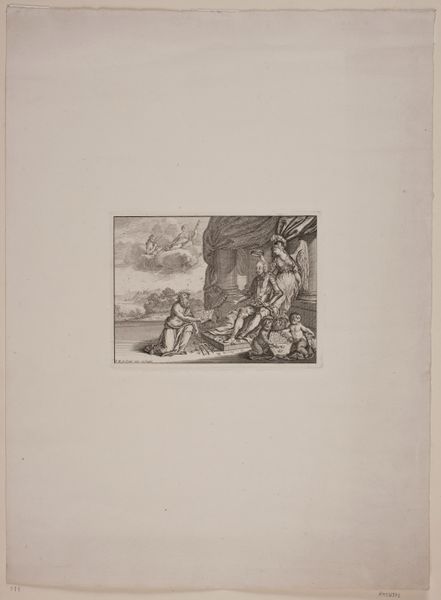
Copyright: CC0 1.0
Editor: This is "Qui compte sans son hâte peut se tromper" by Nicolas Toussaint Charlet. It feels like an intimate snapshot, maybe of everyday life in 19th century France. What can you tell me about its context? Curator: This piece, like much of Charlet’s work, offers a lens onto the socio-political landscape of post-revolutionary France. It prompts us to consider, who has the luxury of unhurried contemplation, and who is denied that privilege? The figure’s leisure exists in contrast to the labour implied by the man in the background. Editor: So, it's not just a simple scene, but a commentary on class and labor? Curator: Precisely. Charlet uses the etching to subtly question the societal structures that dictate who gets to rest and who must toil. Editor: I hadn't thought about it that way. I see a lot more depth to the work now. Curator: And that's the power of art—to make us question the world around us.
Comments
No comments
Be the first to comment and join the conversation on the ultimate creative platform.
